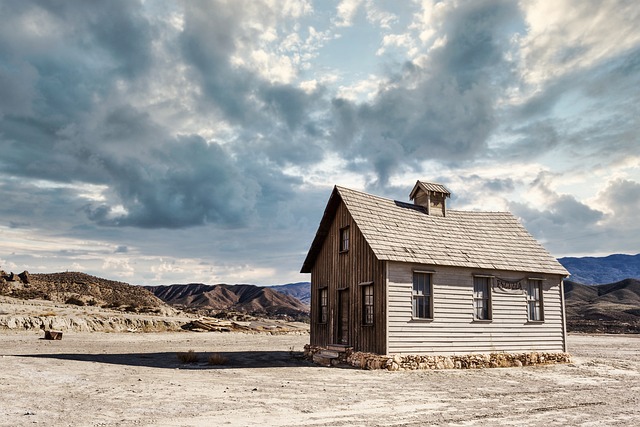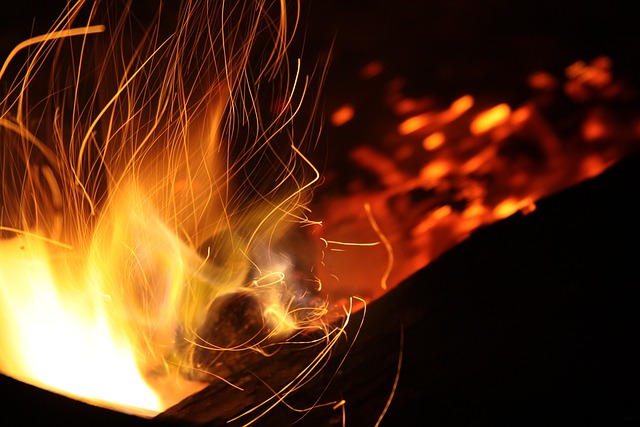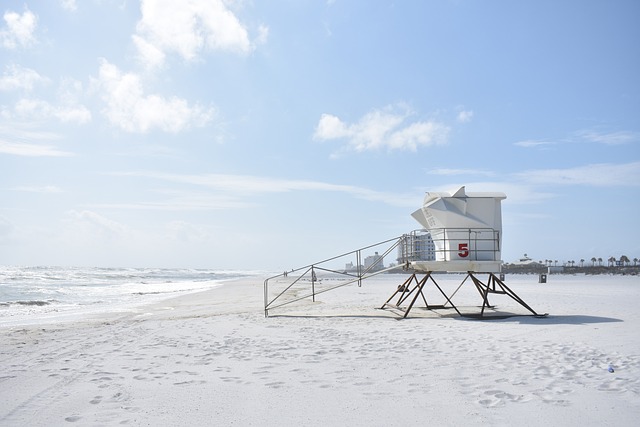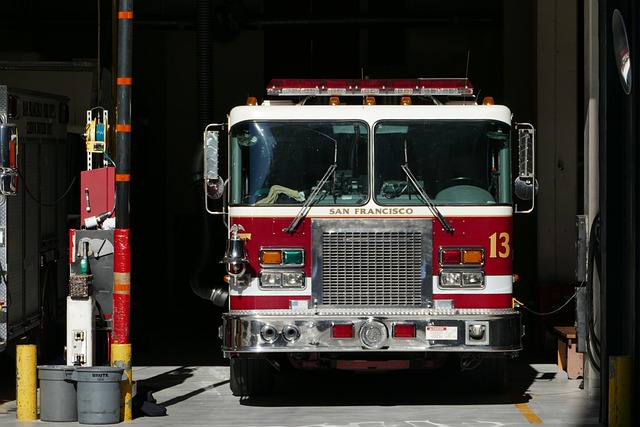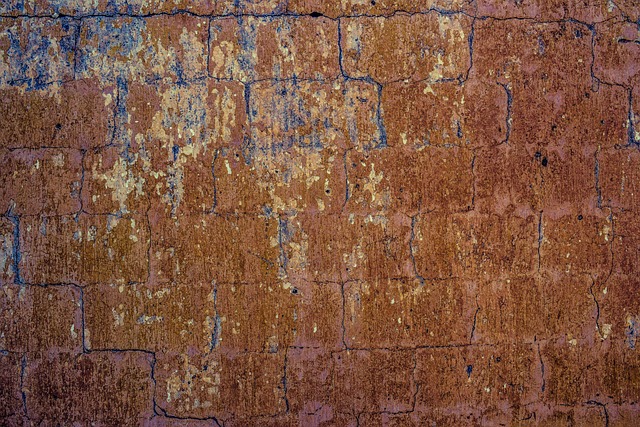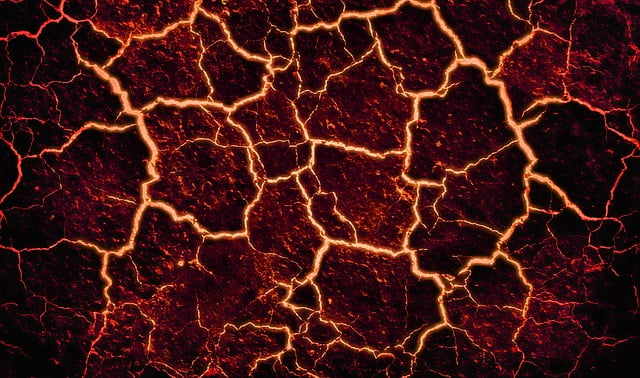Selling a fire-damaged home in California involves understanding crucial initial restoration steps, assessing structural integrity and damage, safely removing contaminated items, ensuring safety through professional inspections and repairs, and strategically presenting the property to attract buyers. Begin by evaluating restorable vs non-restorable damages, engage specialists for safe debris removal, and highlight positives while being transparent about fire impact to successfully sell the home in California's competitive market.
“Fire damage restoration is a complex process that requires expertise and precision. After a devastating fire, understanding the first steps to take is crucial for California homeowners. This article guides you through the entire journey of restoring your home, from assessing the damage to selling a fire-damaged property in the Golden State.
Learn about safe removal techniques, structural considerations, and the step-by-step restoration process. Additionally, discover valuable tips for navigating the real estate market when selling a fire-damaged house in California, ensuring a successful recovery.”
- Understanding Fire Damage Restoration: The First Steps After a Fire
- Assessing the Scope of Damage: What to Look For in a California Home
- Safe Removal and Disposal of Fire-Damaged Items
- Structural Integrity and Safety Considerations During Restoration
- The Process of Fire Damage Restoration: Step by Step Guide
- Selling a Fire-Damaged House: Tips and Strategies for Real Estate in California
Understanding Fire Damage Restoration: The First Steps After a Fire

After a fire, understanding the first steps in restoration is crucial for anyone looking to sell their fire-damaged home in California. The initial phase involves assessing the extent of damage, both visible and hidden. This includes checking for structural integrity, identifying water damage from firefighting efforts, and locating any remaining embers or hot spots that could cause further spread of damage.
Professionals in fire damage restoration are trained to navigate this complex process. They employ specialized equipment to detect moisture and heat, ensuring every corner of the property is thoroughly examined. This meticulous approach is essential for a safe and effective restoration, preparing the home for the next steps towards its sale, whether that’s repairs, rebuilding, or even a complete renovation.
Assessing the Scope of Damage: What to Look For in a California Home

When assessing the scope of fire damage in a California home, it’s crucial to look for several key indicators that will impact whether the property is suitable for renovation or if it’s smarter to consider selling fire damaged house California. Start by evaluating structural integrity—check for smoke and water damage to walls, ceilings, and floors. Look for signs of charring, blistering, or warping, as these could indicate severe internal damage. Inspect electrical and plumbing systems carefully; they may need significant repairs or complete replacement after a fire.
Pay close attention to the extent of smoke damage, as it can leave behind unpleasant odors and unsightly stains that are challenging to remove. Assess the condition of belongings—some items may be salvageable, while others might require replacement. Keep in mind that if the fire was significant, hidden damage could occur, such as mold growth or structural instability. In California, where real estate is competitive, it’s important to know when a home is beyond repair and consider selling fire damaged house California to move forward with your life.
Safe Removal and Disposal of Fire-Damaged Items

After a fire, the safe removal and disposal of damaged items is crucial for both your safety and that of your insurance claim. In California, where selling a fire-damaged house might be on your mind, it’s essential to understand what can be salvaged and what needs to be disposed of properly. Professional restoration companies are equipped with the knowledge and resources to differentiate between restorable and non-restorable items, ensuring they’re handled accordingly.
Non-restorable items, often characterized by severe smoke and water damage, should be disposed of securely. This includes anything that cannot be cleaned or repaired, such as insulation, drywall, furniture with deep soot, or items with melted plastic. It’s important to discard these materials properly to prevent further contamination inside your home and to ensure they don’t impact the value of your property when selling in the future.
Structural Integrity and Safety Considerations During Restoration
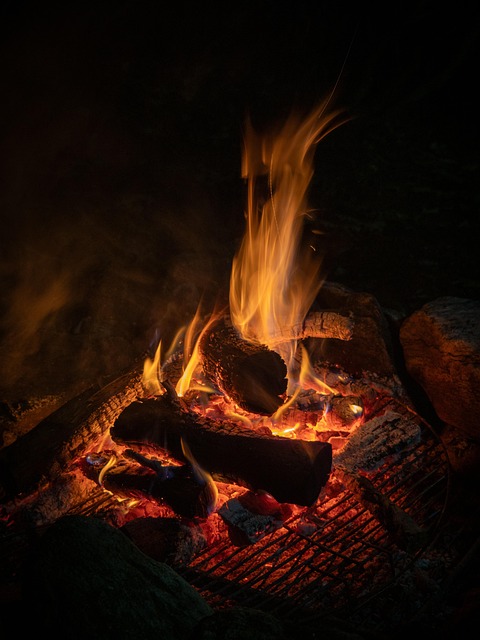
After a fire, the first step in selling a fire-damaged house in California is ensuring structural integrity and safety. It’s crucial to have a professional inspection to assess any structural damage caused by the blaze and determine if the building is safe for entry. This process involves examining walls, floors, and roofs for signs of collapse or instability.
Restoration efforts can only begin once the home passes safety inspections. Contractors experienced in fire damage restoration will then create a plan tailored to repairs needed. This may include rebuilding structural elements, replacing insulation and drywall, and installing new electrical and plumbing systems. Throughout the process, prioritizing safety is paramount to protect both workers and potential future homeowners.
The Process of Fire Damage Restoration: Step by Step Guide

After a fire, restoring a home in California involves a careful and methodical process to ensure safety and minimize loss. The first step is to assess the damage caused by the fire and any subsequent water used for extinguishment. This includes examining structural integrity, identifying hot spots, and assessing smoke and soot contamination. Once this evaluation is complete, restoration work can commence.
The actual restoration involves several steps: containing and removing debris, cleaning affected areas with specialized equipment, repairing or replacing damaged structures, restoring electrical and plumbing systems, and finally, deodorizing to eliminate any lingering odors. Each step is crucial in preparing the home for sale after fire damage, ensuring that it meets safety standards and appeals to potential California homebuyers looking for a sold fire-damaged house.
Selling a Fire-Damaged House: Tips and Strategies for Real Estate in California
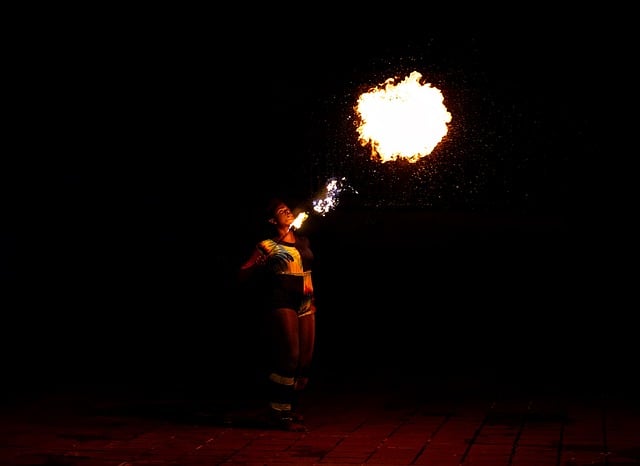
Selling a fire-damaged home in California can be a challenging task, but with the right strategies, it’s possible to navigate this difficult situation successfully. The first step is to assess the extent of the damage and determine if the house requires significant repairs or if it’s beyond repair. In some cases, repairing might not be cost-effective, leading to a decision to rebuild instead. However, many homes can be restored, and this process starts with hiring reputable fire damage restoration professionals. These experts will not only mitigate any remaining hazards but also work to restore the property to its pre-fire condition.
When preparing to sell, focus on highlighting the positive aspects of the property while being transparent about the fire’s impact. Prospective buyers appreciate honesty and may even be drawn to the opportunity to renovate or customize the space. Consider staging the house to showcase its potential, emphasizing the spaciousness, layout, and any unique features. Additionally, ensuring that all necessary repairs are documented and completed can increase the home’s appeal. This includes repairing structural damage, replacing affected flooring or fixtures, and addressing any issues with the electrical or plumbing systems. Remember, a well-presented fire-damaged property can be a strong selling point in California’s competitive real estate market.
Fire damage restoration is a complex process that requires expertise and precision. From understanding the initial steps to assessing the scope of damage, safe removal of items, structural integrity checks, and finally, the intricate process of restoration—each stage is crucial in returning your California home to its pre-fire condition. For those considering selling a fire-damaged house in California, it’s essential to familiarize yourself with the restoration process and implement effective strategies to navigate the real estate market successfully.
